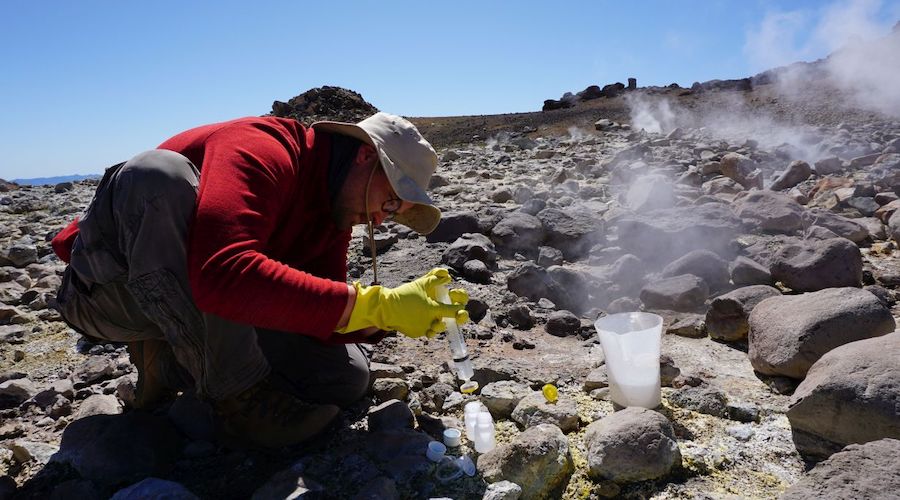German-Chilean project plans to extract raw materials from thermal springs

“The use of the limited freshwater resources in northern Chile for mining regularly fuels conflicts with the local population,” Thomas Kohl, professor at KIT’s Institute of Applied Geosciences and co-founder of the initiative, said in a media statement. “Northern Chile is one of the driest regions on Earth but has extensive geothermal resources. With a novel type of plant, it is not only possible to generate electricity in a climate-friendly way, but also to extract drinking water and even mineral resources at the same time.”
One of the advantages of this technique is that the thermal energy required for the entire process can be covered directly from the excess heat of the power plant
Currently, BrineMine is running a data survey to determine the raw materials’ potential with a focus on the thermal fields of the Atacama Desert.
In addition to this, the Fraunhofer Institute for Solar Energy Systems – part of the BrineMine project – is developing the plant technology for later industrial use.
According to Kohl, the plant is based on a novel process chain: First, heat from the geothermal brine is used for energy recovery. The cooled liquid, which has a relatively low concentration, is then pre-concentrated by reverse osmosis; at the same time, drinking water is obtained.
Once the first phase is done, the brine concentrate is further concentrated by membrane distillation until it is saturated.
One of the advantages of this technique is that the thermal energy required for the entire process can be covered directly from the excess heat of the power plant, a process that has been demonstrated at a trial plant installed in a geothermal facility in the Upper Rhine Graben.
The researchers say that most of the process steps are based on proven methods, but they have never been combined in this way. This means that detailed research is required because, for example, both concentration and cooling increase the risk of silicate deposits.
“Conventional strategies for silicate removal would greatly impair the extraction of the resources. Without water treatment, the technical plant components would be damaged,” Valentin Goldberg, who is involved in the project, said in the press brief.
Yet, the team was able to find a viable solution by changing the pH value of the brine and adding divalent cations such as calcium or magnesium.
“Our silicate removal method is fast and effective. Most importantly, it has no negative impact on raw material extraction,” Goldberg said.




